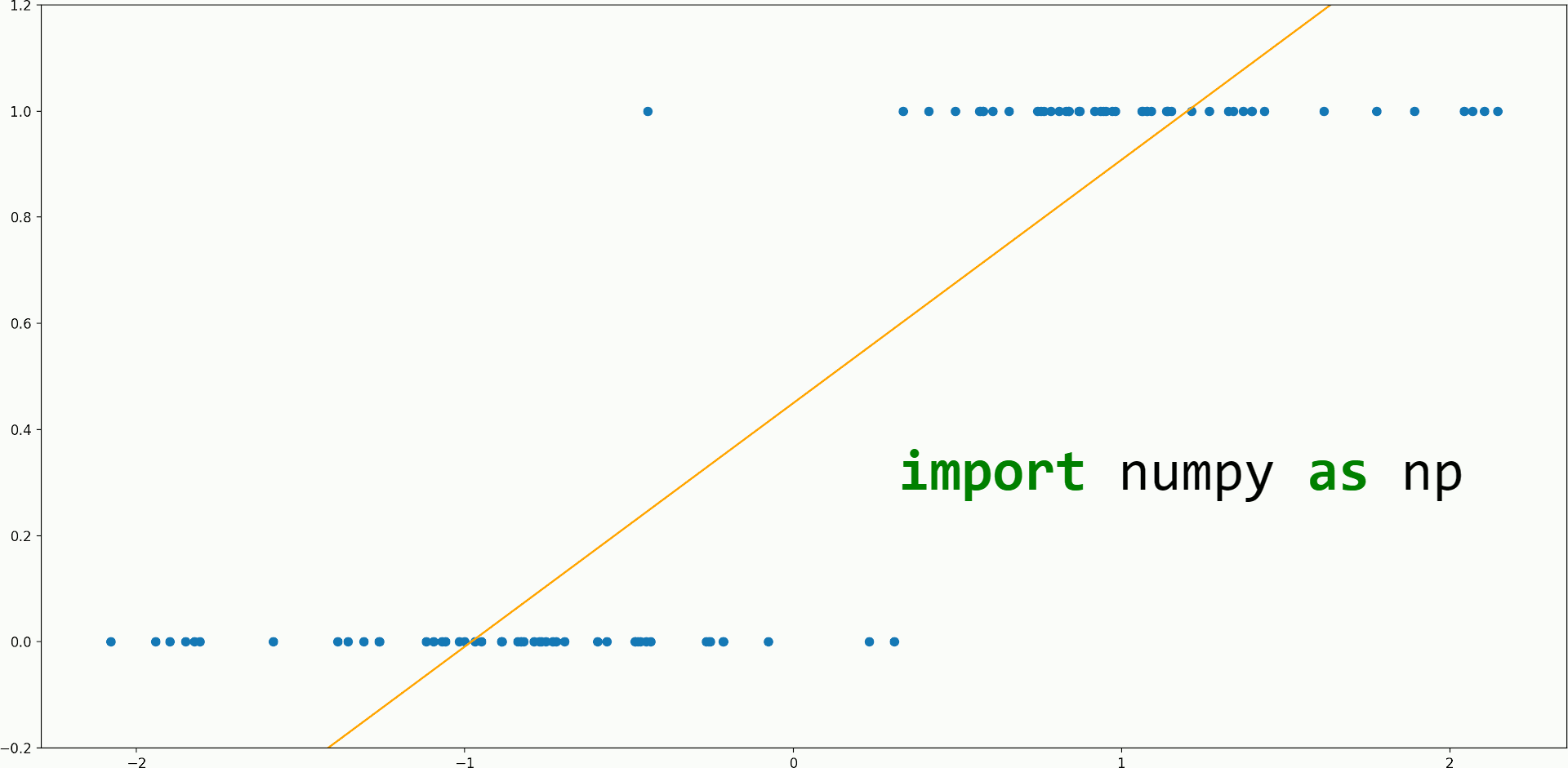What’s our plan for implementing Logistic Regression in NumPy?
Let’s first think of the underlying math that we want to use.
There are many ways to define a loss function and then find the optimal parameters for it, among them, here we will implement in our LogisticRegression class the following 3 ways for learning the parameters:
- We will rewrite the logistic regression equation so that we turn it into a least-squares linear regression problem with different labels and then, we use the closed-form formula to find the weights:

- Like above, we turn logistic into least-squares linear regression, but instead of the closed-form formula, we use stochastic gradient descent with the following gradient:

- We use the maximum likelihood estimation (MLE) method, write the likelihood function, play around with it, restate it as a minimization problem, and apply SGD with the following gradient:

In the above equations, X is the input matrix that contains observations on the row axis and features on the column axis; y is a column vector that contains the classification labels (0 or 1); f is the sum of squared errors loss function; h is the loss function for the MLE method.
#python #machine-learning #artificial-intelligence #data-science #logistic-regression

3.70 GEEK